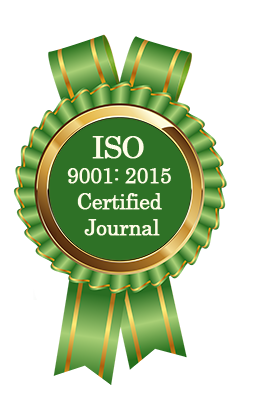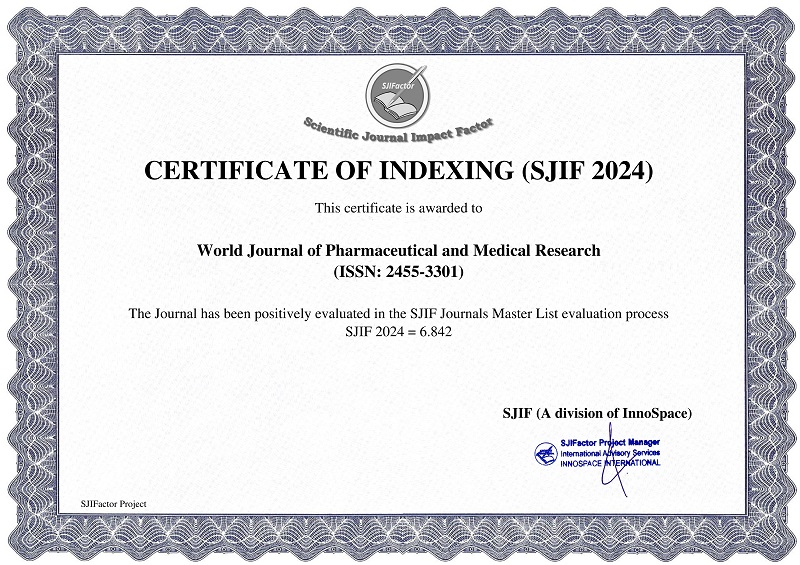FACTORS INFLUENCING WARFARIN DOSE AND RESPONSE AMONG KENYAN PATIENTS ON LONG-TERM ANTICOAGULATION THERAPY
Nyamu Gitonga David*, Guantai Nkatha Anastasia, Osanjo George Oyamo and Aklillu Eleni
ABSTRACT
Background: Warfarin dosing is challenging because of its narrow therapeutic range and large between patient dose-response variability. Main Objective: To assess the factors influencing warfarin dosing and response among Kenya patients on long-term anticoagulation therapy. Methods: This was a descriptive cross-sectional study. Sociodemographic and clinical information on primary diagnosis, warfarin doses, duration of therapy and medication history were collected from 180 adult patients on long-term (≥28days) warfarin therapy. Data analysis was done using IBM statistical package for social sciences version 23 computer software at p≤0.05. Results: The main clinical indication of warfarin treatment was venous thrombosis at 56.6%. The mean initial and maintenance daily warfarin doses were 6.03mg (±4.90) and 6.17mg (±2.75), respectively. For every unit increase in the initial warfarin dose, participants with spouses were receiving 0.749 higher dose than those without spouses (β=0.749; 95% CI: 0.078 to 1.420, p=0.0287). Participants suffering from cardio-embolic diseases required statistically significant lower initial warfarin doses than those presenting with other clinical indications of anticoagulation (β=-1.15; 95% CI: -2.203 to -0.099, p=0.0320). In addition, half of the male patients were adequately anticoagulated and almost 70% of the females had out-of-range international normalized ratios (p=0.0173). The odds of females being therapeutically anticoagulated was 0.408 (OR=0.408; 95% CI: 0.188 to 0.883; p=0.0229). Conclusion: Warfarin dose and response among Kenyan patients is influenced by sex, marital status and clinical diagnosis of anticoagulation. Large prospective studies are required to find out other factors such as the impact of genetic polymorphisms among patients on warfarin dose and response.
[Full Text Article] [Download Certificate]



